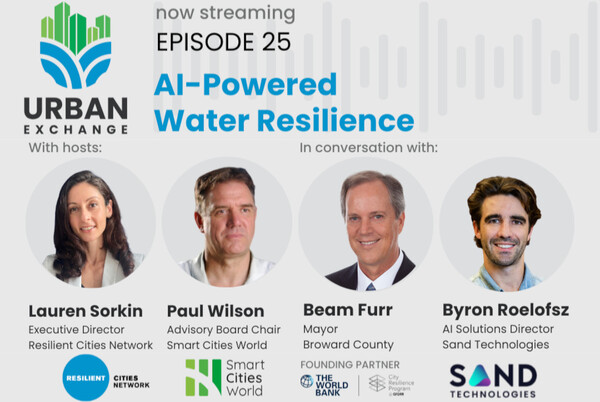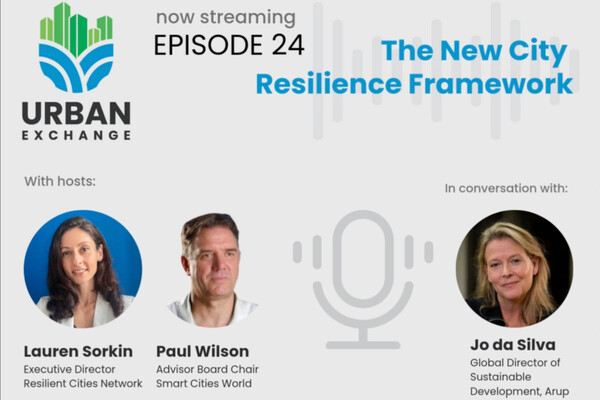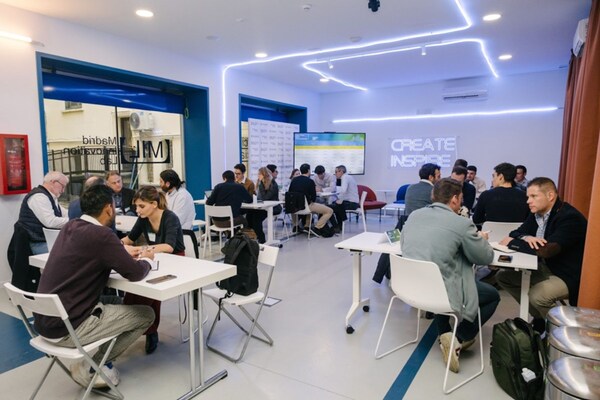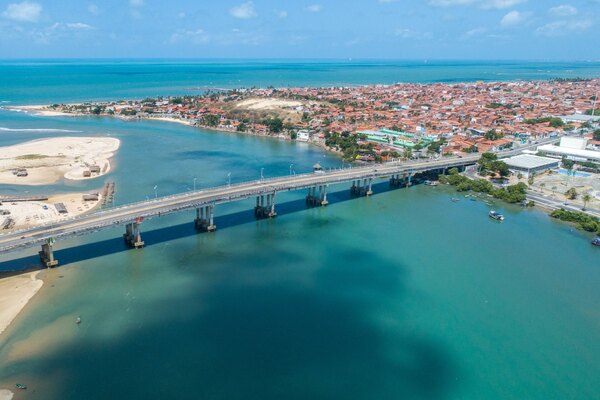Special Reports
SusHi Tech Tokyo 2024: experience ‘Tokyo 2050’ todaySponsored by The SusHi Tech Tokyo 2024 Showcase Program Executive Committee
Insight Report: Distributed Acoustic Sensors and the Smart Cities of the Future
SmartCitiesWorld explores what cities require today to manage their mobility networks, public safety and asset management and how DAS can help to solve problems in these areas.
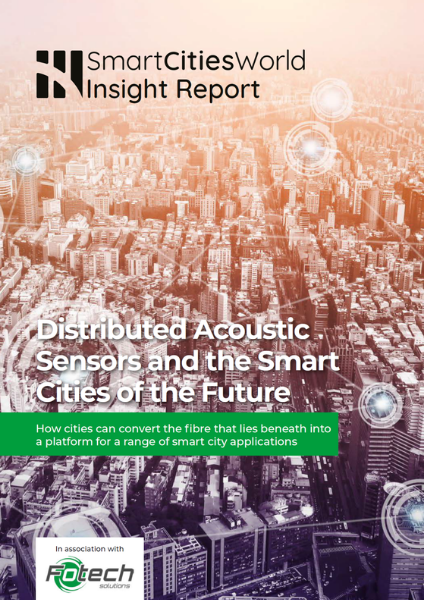
Sensors are at the heart of many smart city applications, working hard to collect data that enables public authorities to better respond and react to what is happening in their cities as well as make more informed decisions when it comes to planning and policy. We are used to seeing sensors collect this data above the ground but there is another smart city infrastructure yet to be fully utilised that resides under the ground: fibre.
There is far more to fibre optic cabling than connectivity and the technology exists to convert this fibre into millions of sensors that can provide an alwayson sensing hub that monitors what is going on in a city 24/7. Distributed Acoustic Sensors (DAS) turn standard communications fibre found alongside roads, railway lines, power cables and even underwater in seas, lakes or rivers, into a linear set of vibration sensors that can enable a wide range of smart city applications from traffic management and helping improve air quality through to protecting valuable assets. For telecom operators, DAS provides another way of monetising their assets and can help to build a business case for future roll-outs of fibre in more marginal locations.
The momentum behind this emerging technology in the smart city space is rapidly building. SmartCitiesWorld has collaborated with Fotech, formed in 2008 to explore DAS solutions for the energy, security and transport markets, to consider how the technology could be used in a smart city context. Fotech is also a bp Launchpad company and part of the energy and services organisation’s progressive portfolio of digitally led businesses which reimagine energy and fulfil its vision to generate sustainable change.
We conducted a survey to explore what cities require today to manage their mobility networks, public safety and asset management and how DAS can help to solve problems in these areas. We also wanted to assess the current level of understanding of DAS technology as well as explore potential future use cases.
This Insight Report look at:
- Identifying and addressing a city’s pain points
- Exploiting a readymade smart city infrastructure
- Perceptions of Distributed Acoustic Sensors (DAS)
- The future of DAS in smart cities
In association with:






